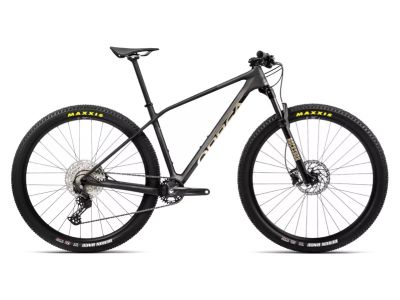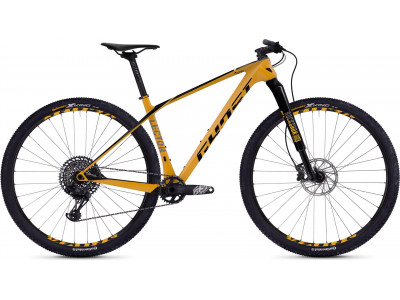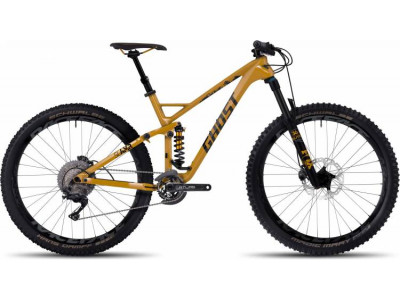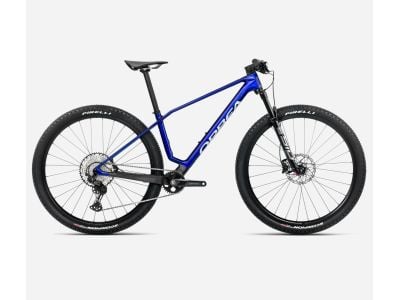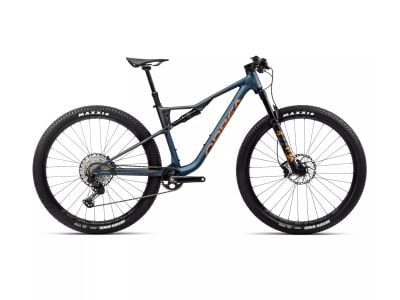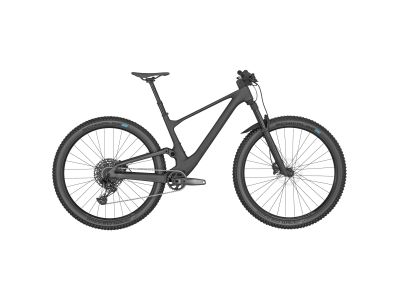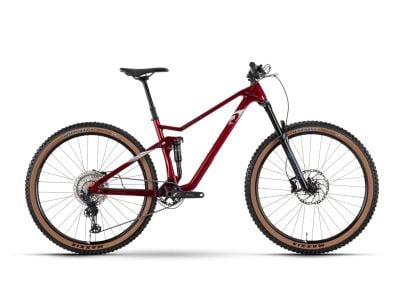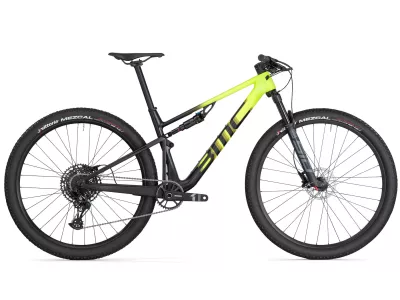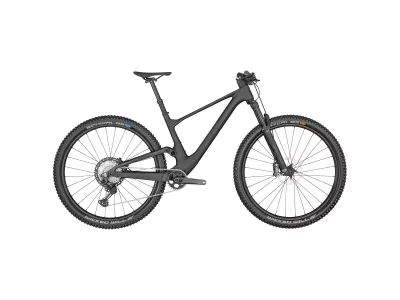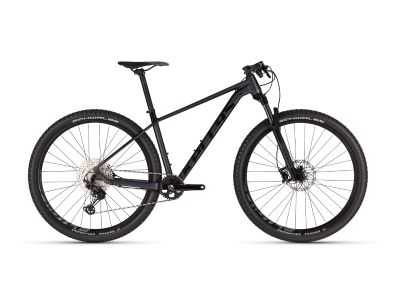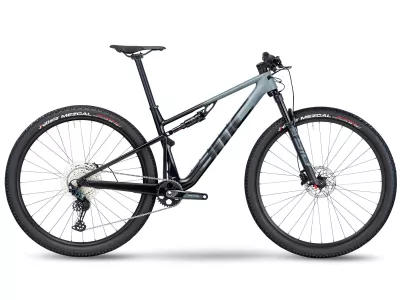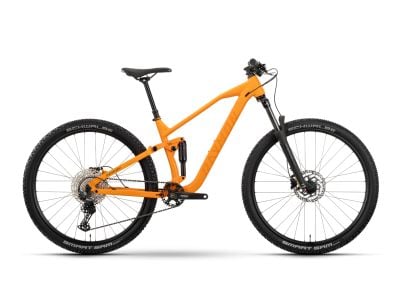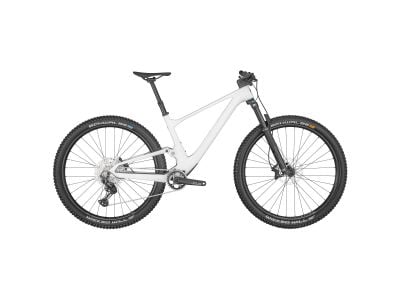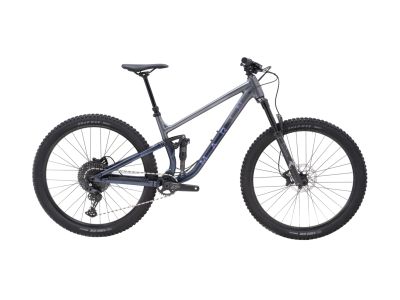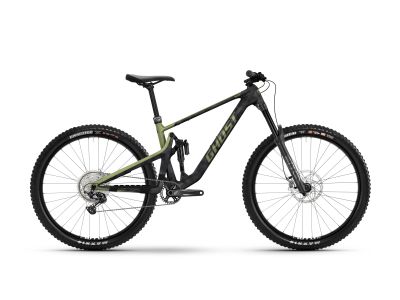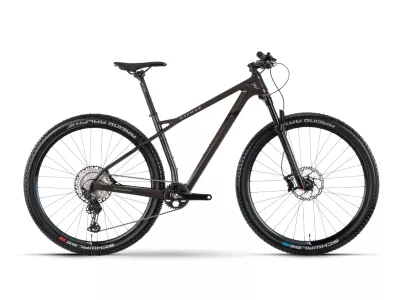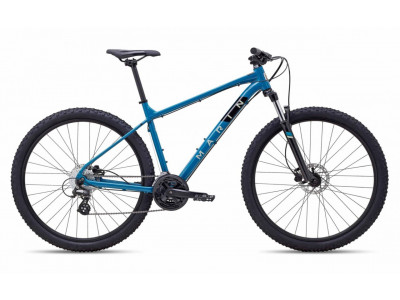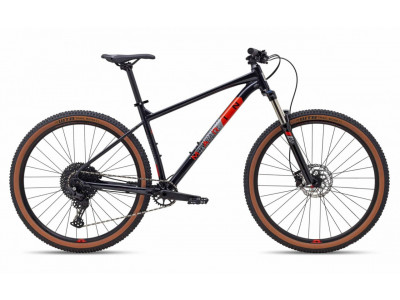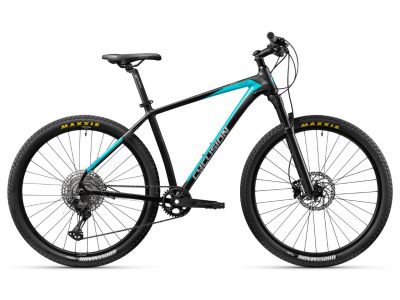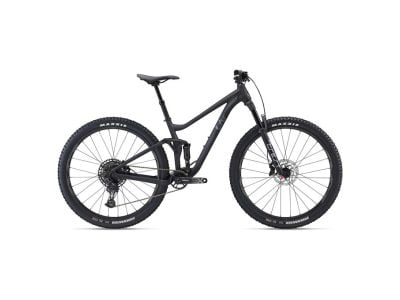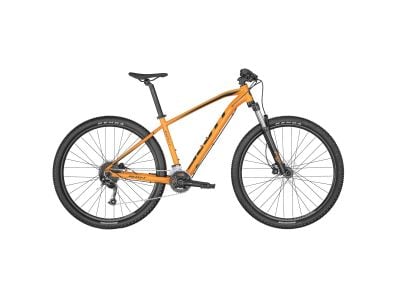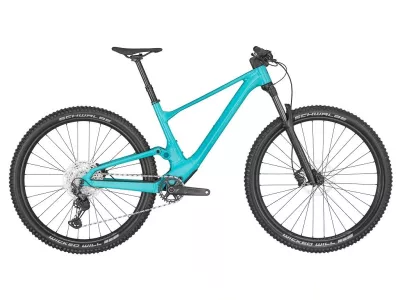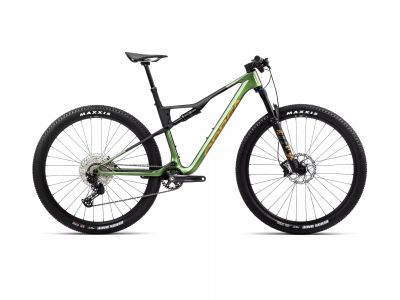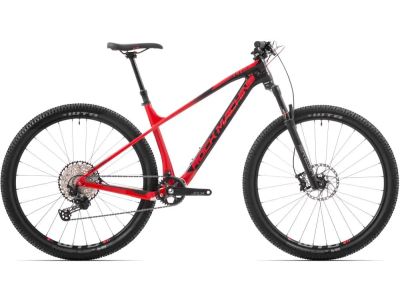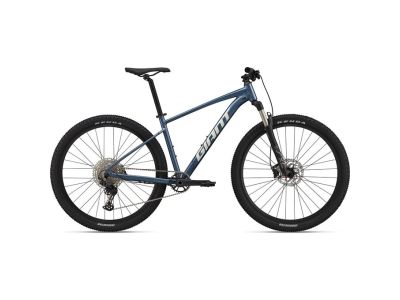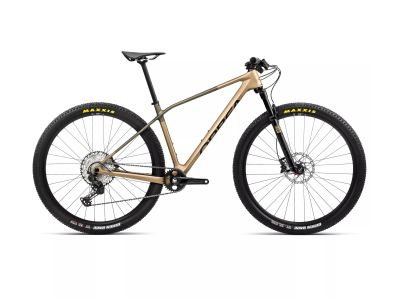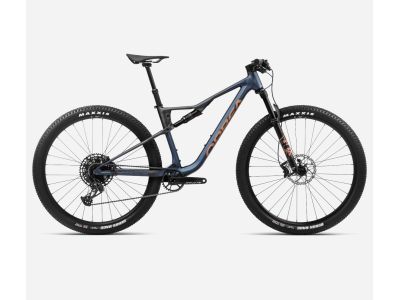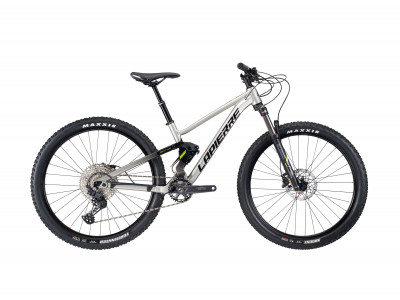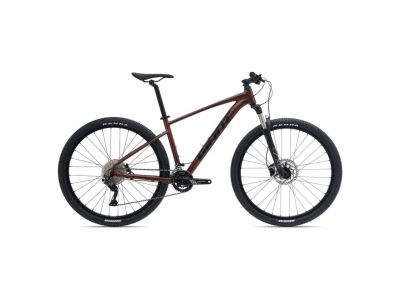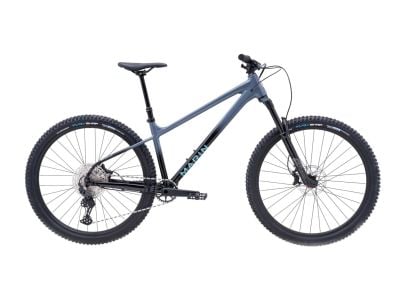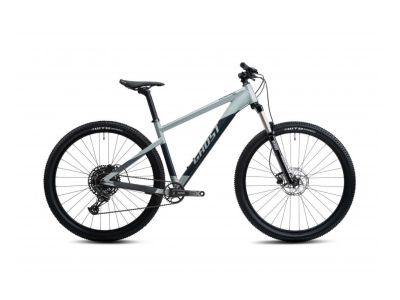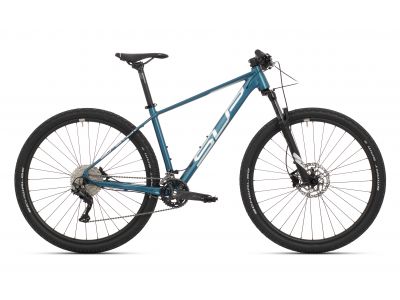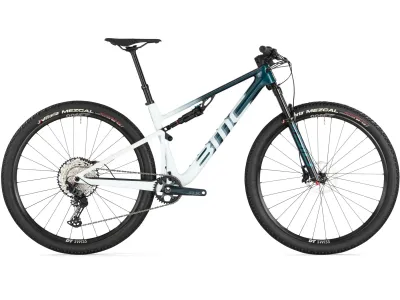
-32% BMC Fourstroke THREE 29 bike, sparkling dark petrol/sand
3,399 €
-32%
RRP 4,999 €
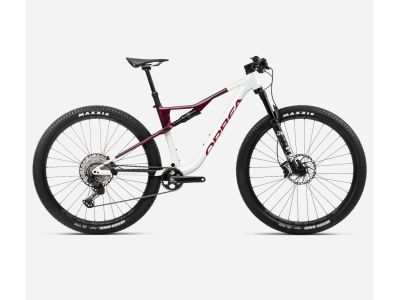
Clearance -22% Orbea OIZ H10 29 bike, white chic/shadow coral
from 2,899 €
-22%
RRP 3,699 €
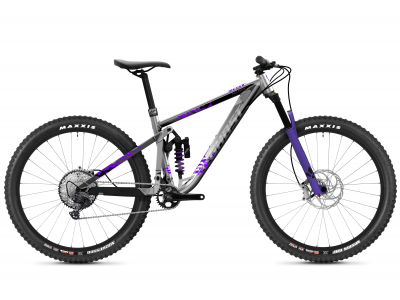
Clearance -12% GHOST Riot Trail Full Party 29 bike, silver/electric purple
2,649 €
-12%
RRP 3,899 €
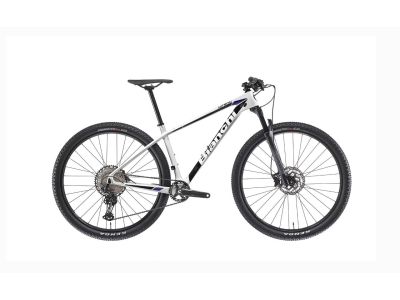
Clearance -29% Bianchi Nitron 9.3 29 bike, white/black full glossy
1,929 €
-29%
RRP 2,699 €
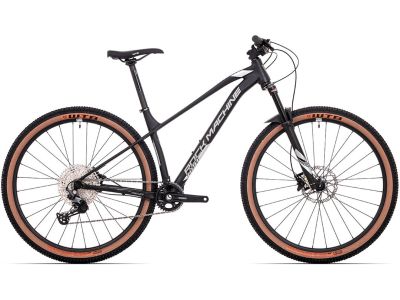
Sale -31% Rock Machine Torrent 90-29 bike, black/grey/silver
from 1,019 €
-31%
RRP 1,469 €
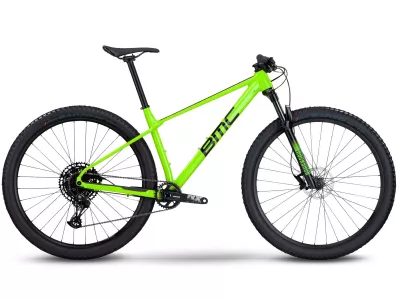
savings BMC Twostroke AL ONE 29 bike, poison green/black
1,249.90 €
savings
RRP 2,099 €
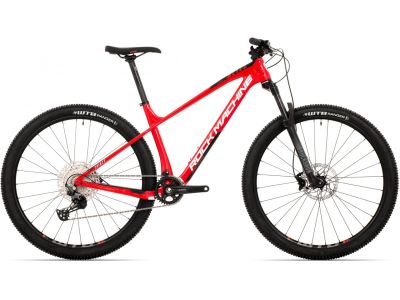
Sale -21% Rock Machine Blizz CRB 30-29 bike, red/white/black
from 1,309 €
-21%
RRP 1,829 €

-22% GHOST Lector Base 29 bike, light grey/matte black
from 1,999 €
-22%
RRP 2,799 €

Sale -26% Rock Machine Blizz TRL 40-29 LTD bike, matte khaki/neon orange/black
from 929 €
-26%
RRP 1,389 €
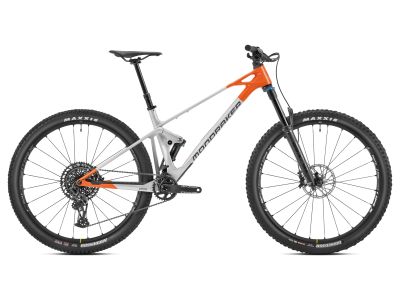
-10% Mondraker Raze Carbon R 29 bike, racing silver/orange
from 4,499 €
-10%
RRP 6,799 €
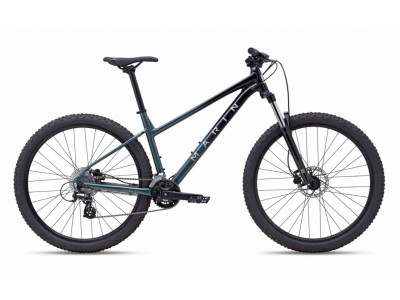
-19% Marin Wildcat Trail 3 WFG 27.5 women's bike, black/gray/silver
549.90 €
-19%
RRP 749 €
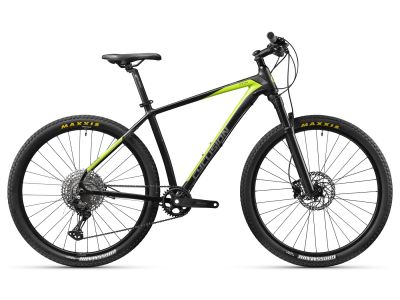
savings Cyclision Corph 2 MK-II 29 bike, midnight lime
from 849.90 €
savings
RRP 1,229 €
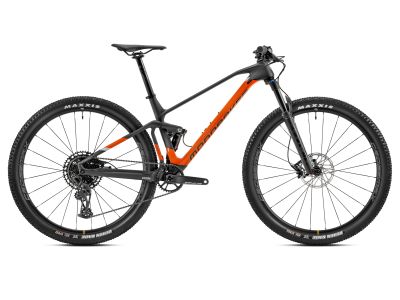
-10% Mondraker F-Podium Carbon 29 bike, carbon/orange
from 3,599.90 €
-10%
RRP 5,199 €
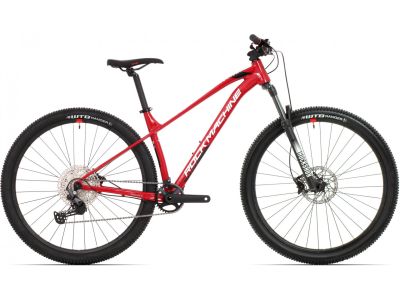
Sale -24% Rock Machine Torrent 70-29 bike, red/white/black
from 949 €
-24%
RRP 1,369 €
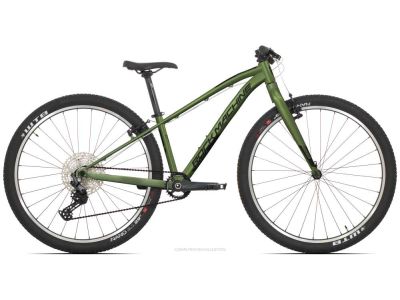
Sale -16% Rock Machine Thunder 29 VB children's bike, gloss metallic khaki/pearl black
569 €
-16%
RRP 839 €

